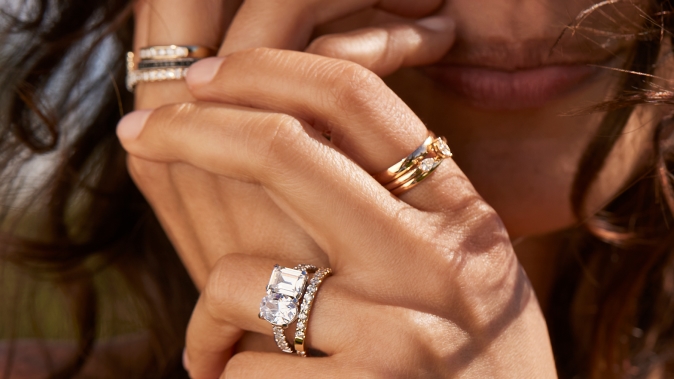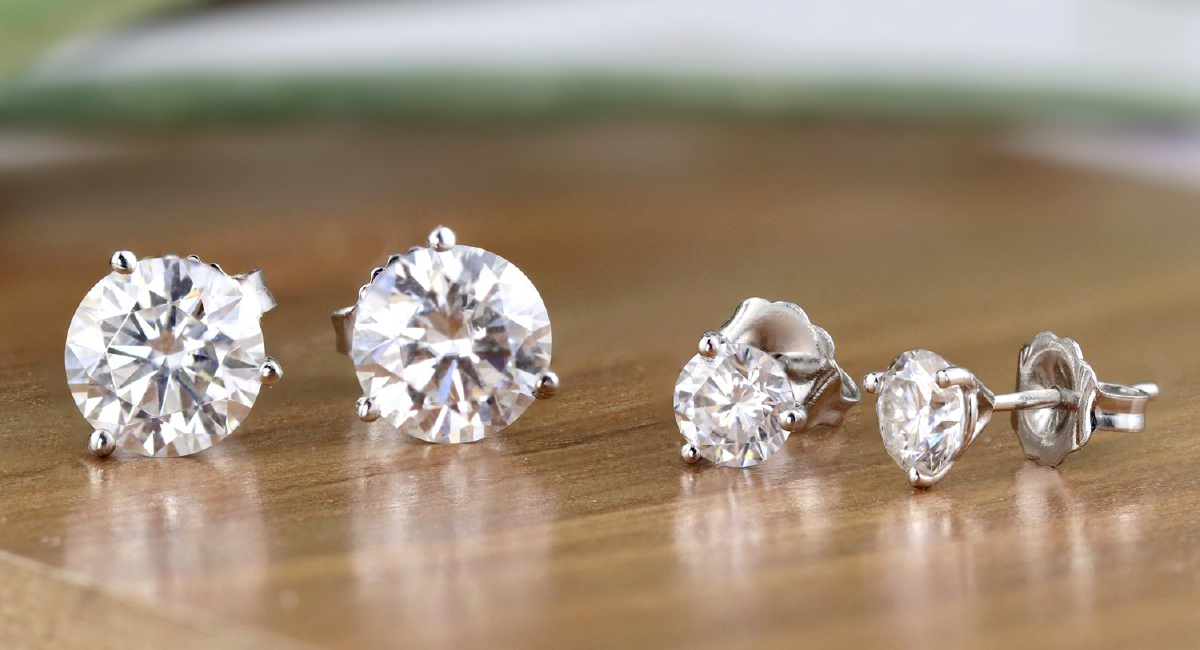When it comes to buying rings, one of the most important factors to consider is the ring sizes. Whether you’re purchasing a wedding band, engagement ring, or simply a stylish accessory, choosing the correct ring size ensures comfort and longevity. In this guide, we will explore everything you need to know about ring sizes, from how to measure your finger to understanding different sizing systems around the world.
Table of Contents
Why Accurate Ring Sizes Matter
The first and foremost reason to focus on ring sizes is comfort. A ring that is too tight can cause discomfort, while one that is too loose may fall off easily. Accurate sizing is crucial because it ensures the ring fits snugly without constricting your finger. For example, a wedding ring should fit perfectly to avoid being too tight during hot weather or too loose when cold. With the right ring sizes, you can be sure that your ring will remain in place, while still providing a comfortable fit.
How to Measure Ring Sizes at Home
Measuring ring sizes at home can be easy, but it requires precision. First, use a piece of string or paper to wrap around your finger, making sure it is snug but not too tight. Then, mark where the string or paper overlaps and measure the length with a ruler. The measurement should be compared to a sizing chart to determine the closest ring size. This method is quite effective for those who prefer shopping online and want to avoid visiting a jeweler.
Another way to measure ring sizes involves using a ring sizer tool. This tool can be purchased online or at many jewelry stores and provides a more accurate reading than the string method. The advantage of this tool is that it eliminates any guesswork, making it easier to find your perfect ring size. Using the tool gives you a quick and reliable way to measure your finger and avoid any sizing errors when ordering a ring.
Different Ring Size Systems
The concept of ring sizes varies around the world, and understanding the differences between these systems is important. In the United States, ring sizes are typically measured on a scale from 1 to 16, with half-sizes available for more precision. The UK uses an alphabetical scale, starting from A and going up to Z, while in Europe, ring sizes are measured in millimeters based on the circumference of the finger.
In Japan, ring sizes are measured in a numerical scale that is similar to the U.S. system, but the measurements are not the same. If you are buying a ring from an international seller or plan to travel abroad, knowing the conversion charts between different countries’ sizing systems will help you choose the correct ring size.
Choosing the Right Ring Size for a Gift
Selecting the right ring size for someone else can be challenging, especially if you’re planning a surprise proposal or gift. If you’re unsure of the recipient’s ring size, there are a few tricks you can use. Borrowing one of their rings (preferably one worn on the correct finger) and measuring its inner diameter is a safe way to determine the size. If you’re buying a gift, consider the return or resizing policy, just in case the size doesn’t fit perfectly.
Some jewelers also offer adjustable rings, which can be a great option if you’re uncertain about ring sizes. These types of rings allow for some flexibility in fit, making them a suitable choice for gifting when you’re not entirely sure about the size.
Common Mistakes When Measuring Ring Sizes
There are a few common mistakes people often make when determining their ring sizes. One of the most frequent errors is measuring the finger at the wrong time of day. Your finger’s size can change throughout the day, swelling during warm weather or after physical activity. To get the most accurate measurement, it’s best to measure your finger at the end of the day when it is at its largest.
Another mistake is not accounting for the width of the band. Wider rings may feel tighter than thinner bands, so if you’re purchasing a wide ring, it’s a good idea to go up a half-size to ensure a comfortable fit. Being aware of these factors can help you avoid issues and ensure you select the correct ring size.
How to Adjust Ring Sizes After Purchase
If you’ve already purchased a ring and find that it’s too tight or too loose, it is possible to resize it. Resizing a ring is a common service offered by most jewelers, but the process depends on the material and design of the ring. Some metals, like gold and silver, can be resized easily, while others, such as titanium or tungsten, are more challenging.
When you need to resize a ring, it’s essential to work with a reputable jeweler to ensure the integrity of the ring is maintained. Depending on the size adjustment, you might need to have the ring re-shaped or have extra material added. Regardless of the method lab diamonds, resizing a ring ensures that your ring size is correct and that you can continue to wear the ring comfortably.
Conclusion
Choosing the right ring size is vital for comfort, practicality, and style. Whether you’re buying a ring for yourself or as a gift for someone else, knowing how to measure and understand sizing systems ensures a perfect fit. By avoiding common mistakes, being aware of factors like band width, and utilizing sizing tools, you can confidently select the correct ring size. No matter what type of ring you choose, the perfect fit is just a measurement away.







